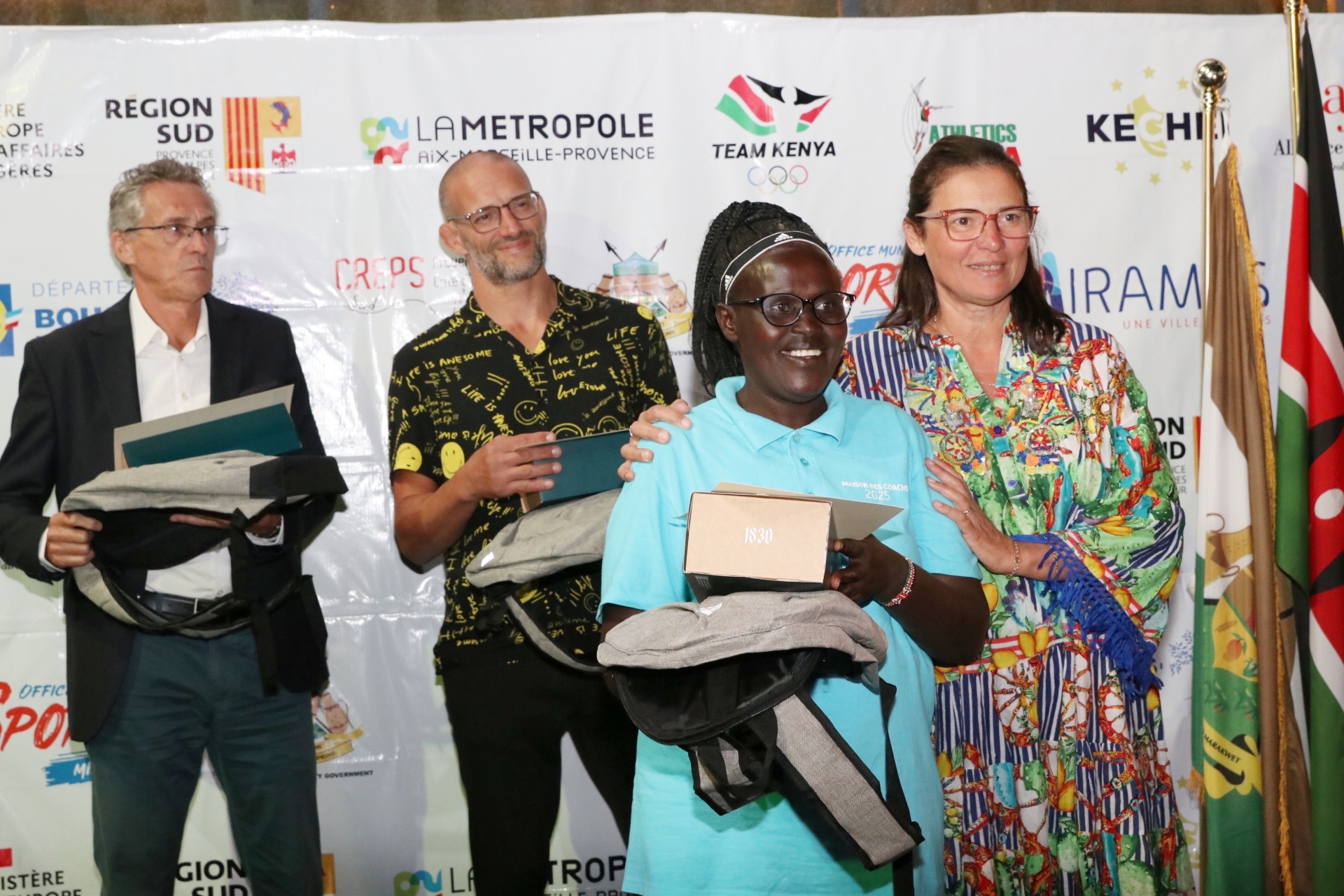Rains will decrease across the country next month, except in western Kenya and the Coast.
The drier-than-usual weather will continue across most parts of Kenya to October.
This is according to the Ngong-based Igad Climate Prediction and Applications Centre.
The regional forecaster, which covers eleven countries including Kenya, on Saturday issued two forecasts, one covering August and the second from August to October.
The August forecast showed most of Kenya will be dry.
The country will also be warmer than usual.
Kenya normally goes dry in August, which allows farmers to harvest the food crops planted in March or April.
However, Western Kenya will continue to receive rains.
“Wetter than usual conditions expected over most parts of …western and coastal Kenya,” Icpac said.
“The rest of the region is generally dry during the month of August.”
The agency predicted dry weather would continue and spread to most places toward October.
“[There are] high chances of drier than usual conditions indicated over eastern horn of Africa during the August to October season, while wetter than usual conditions likely over most parts of the northern sector,” the agency said.
“The corresponding seasonal temperatures are expected to be warmer than usual with the highest probabilities over the eastern regions.”
Most of Kenya falls on the eastern side of the horn of Africa.
Kenya has had a relatively successful cropping season that has helped bring down the cost of food.
According to the latest National Food and Nutrition Security report, the prices of all cereals, except beans, has dropped.
“Apart from beans, the prices of other cereals and pulses have generally been declining since January 2024. The overall gradual decline in staple food prices continues to improve household food access and availability, with cross-border imports and prospects of harvests from the current season likely to maintain price declines in the coming months,” the food and nutrition security report said.
It revealed that the improved crop production last year and improved local supplies of most food staples continue to impact on the importation of most basic staples.
The food security report also showed a decrease in the prices of basic food commodities, particularly cereals and pulses.
This trend is attributed to the decision of several farmers, who had been holding onto their stocks in anticipation of higher prices, to release their supplies into the market.
The report indicated that the national food security has improved since May as most of the staple foods were available both at household and markets.
However, according to the Kenya National Bureau of Statistics, the May 2024 Consumer Price Index, which tracks the changes in prices of key food staples, increased slightly by one per cent to 5.1 percent compared to April index of five per cent.
The slight increase was mainly driven by rise in prices of fresh vegetables such as spinach, kale/sukuma-wiki, tomatoes and Irish potatoes.
The State Department of Agriculture report said that the national average wholesale price of a 90kg bag of maize decreased from Sh3,600 to Sh3,450 in May.
“The highest wholesale price was reported in Kisii and Kisumu at Sh4,000 per 90kg bag, while the lowest wholesale price was reported in Trans Nzoia and Uasin Gishu at Sh2,500 for a 90kg bag. The decline in prices is attributed to good maize production in 2023,” the report said.
“In some counties, especially North Rift, many farmers are still hoarding maize stocks, hoping for better prices such as those witnessed in 2022-2023.”
During the reporting period, the report showed that the National Cereals and Produce Board witnessed a huge increase in the number of farmers who took their maize to the depots to be purchased by the government at Sh4,000 per 90kg bag under the National Strategic Reserves programme.
The upsurge led to total NCPB uptake reaching 697,500 bags (50kg) valued at Sh1.54 billion.
“Due to limited funds, NCPB temporarily suspended the maize purchasing programme. By the end of the month of May, the average retail price of a two-kg packet of unga was Sh125 compared to Sh132 in April in supermarkets in Nairobi.”










![[PHOTOS] Uhuru leads Jubilee grassroots meeting in Murang’a](/_next/image?url=https%3A%2F%2Fcdn.radioafrica.digital%2Fimage%2F2025%2F11%2F0b2a49cd-52fb-4a92-b9dc-26e253825a4a.jpeg&w=3840&q=100)

